Find the Best of NYC’s Pasta Workshops
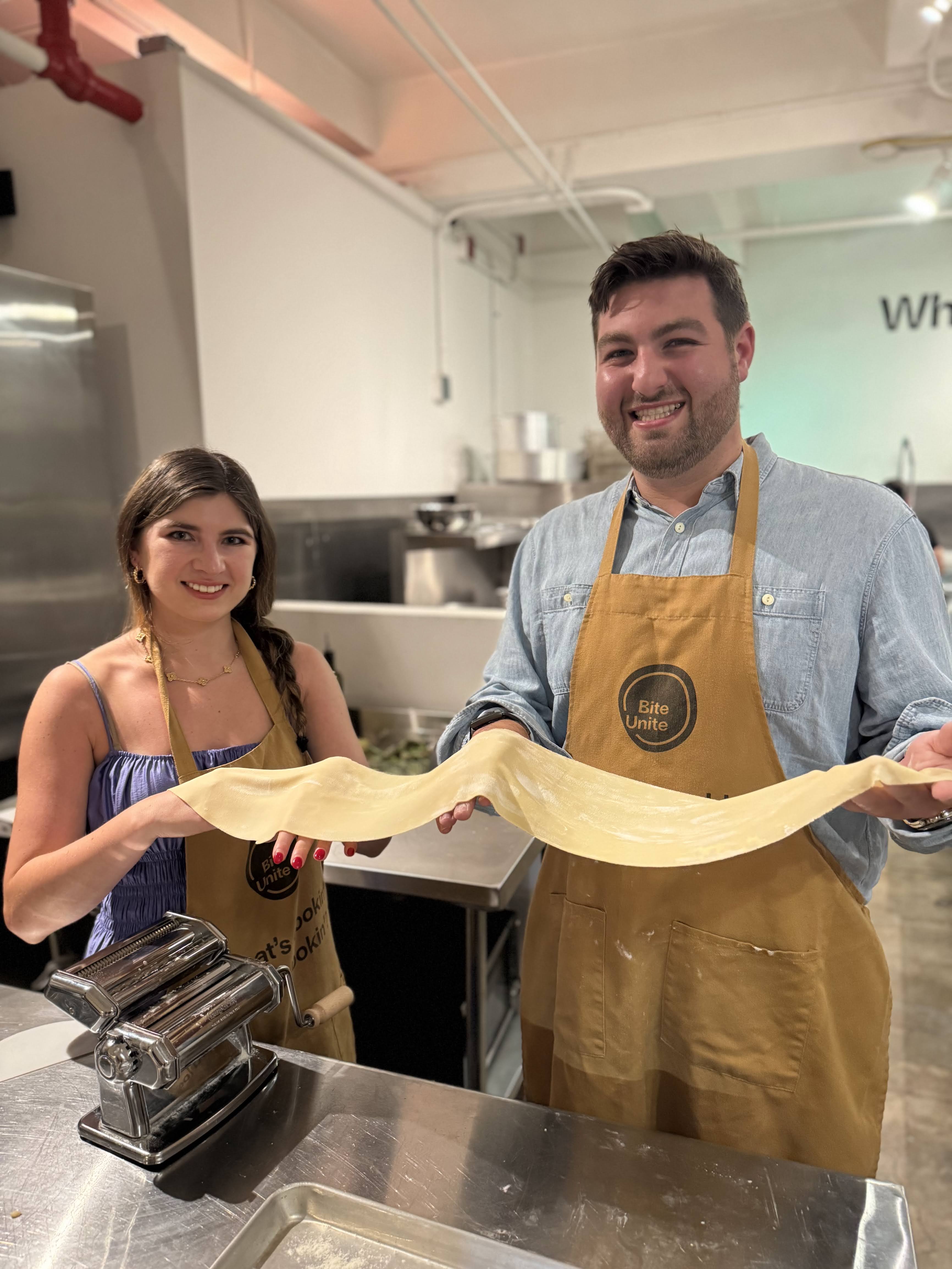
f you’ve ever stared at a box of spaghetti and thought, “There has to be more to life than this,” welcome—you’re exactly who New York City’s pasta workshops were built for. The city is loaded with classes where you can roll, fill, cut, and sauce pasta like you mean it. But “best” doesn’t just mean fanciest studio or prettiest apron. The best pasta workshop for you matches your skill level, fits your schedule, respects your budget, and sends you home with dough-under-the-nails confidence (plus leftovers). Here’s how to find it—without getting boiled alive by marketing fluff.
What “Best” Actually Means (No Gloss, Just Sauce)
A great pasta making class should deliver five things:
- Hands-on time: You should touch dough more than you watch someone else touch dough. If 70% of the class is a demo, you’ve paid to be an audience member.
- Clear techniques: Look for specific skills in the syllabus—mixing by hand, kneading, resting, sheeting, shaping (tagliatelle, pappardelle, orecchiette, ravioli), and basic sauces.
- Small groups: Twelve participants or fewer is ideal. Beyond that, your instructor becomes an air-traffic controller, not a teacher.
- Real takeaways: Recipes you’ll actually use, equipment tips you can afford, and practical storage/leftover guidance.
- Vibes that match you: Date-night energy, serious skill-building, team-bonding, or family-friendly—pick the energy that keeps you cooking after class.
The Quick-Start Pick: A Proven Hands-On Class
If you’re looking for a dependable, skill-forward option that nails the essentials, the Hands-On Pasta Making Class (NYC) by BiteUnite is a strong bet. It’s built for beginners and up, focuses on technique (mix–knead–sheet–shape), and keeps the experience fun without dumbing it down. You’ll leave with real reps under your belt, not just a photo and a floury shirt. Book it here: Hands-On Pasta Making Class (NYC).
Planning something for your company or a private group? Their customizable format scales to teams and client events without losing the hands-on feel: Group Cooking Class, Private Dinner Party & Team Building (NYC).
Match the Class to Your Goal
Different workshops target different outcomes. Save yourself time (and buyer’s remorse) by aligning to your real goal:
- Date-night & social: Choose shorter formats (90–120 minutes), wine-friendly venues, and one or two shapes (tagliatelle, ravioli). You’ll get a great evening and a couple of recipes.
- Skill-building: Look for 2.5–3 hour classes with a clear progression: dough fundamentals → sheeting/shaping → sauces/finishing. You want multiple shapes and technique notes.
- Regional deep dive: Puglia’s orecchiette, Emilia-Romagna’s stuffed pasta, or Piedmont’s tajarin—these can be niche and wonderfully nerdy. Expect more technique talk and history.
- Team-building: Prioritize logistics—venue capacity, dietary accommodations, and a host who can keep a crowd moving. The best corporate classes are paced like good kitchen brigades.
What You’ll Actually Do (and Learn)
A legitimate pasta workshop moves through a sequence you can reproduce at home:
- Dough fundamentals: Choosing flour (00 vs. AP vs. semolina), hydration, egg vs. water doughs, and how to adjust for humidity (NYC summers are… a lot).
- Kneading & resting: Gluten development, windowpane tests, and why resting is non-negotiable.
- Sheeting or shaping: By hand (rolling pin) and/or with a machine. Expect tactile cues—how smooth is smooth enough, what thickness is right for each shape, and how to prevent sticking without turning everything into a flour bomb.
- Stuffed pasta basics: Simple ricotta fillings, moisture control, sealing techniques that don’t burst in boiling water, and edge thickness (a common rookie mistake).
- Sauce calibration: Emulsifying with pasta water (the real magic), heat control, and finishing with fat and acid so the dish tastes like a chef—not a casserole.
- Storage & gear: Freezing shaped pasta, drying fresh sheets, and the handful of tools that matter (bench scraper, digital scale, rolling pin, cutter).
If the class agenda doesn’t hit at least four of the six, keep looking.
Where in NYC? Neighborhood Logistics Matter
- Lower Manhattan & Downtown: Quick access, good for after-work sessions, typically smaller studios.
- Brooklyn (Williamsburg, Greenpoint, Gowanus): Lots of indie culinary spaces with strong technique focus and creative formats.
- Midtown/FiDi: Convenient for corporate groups, often with larger capacity and streamlined schedules.
Don’t underestimate commute friction. The “perfect class” is worthless if you’re sprinting from the subway and missing the dough mix.
Budget: What’s Worth Paying For
Expect $85–$160 per person for public workshops, and more for private or corporate events depending on headcount and space. Pay attention to:
- Ingredient quality: Real 00 flour, good eggs, ricotta that doesn’t taste like chalk, and Parmigiano-Reggiano > “parmesan.”
- Hands-on ratio: If two people share a workstation and everyone makes their own dough, that’s good value.
- Instructor pedigree vs. teaching skill: A Michelin background is great, but you need a coach, not a résumé reading.
- Take-home value: Recipe packet, technique notes, and realistic substitutions (no, you don’t need a $600 countertop machine).
Dietary Needs: Ask Before You Book
Great classes can accommodate vegetarian and sometimes gluten-free formats, but don’t assume. Gluten-free doughs behave differently (you’ll want instructors who actually demo them, not hand you a pre-mixed ball and a prayer). If you’re booking a team event, confirm allergens, cross-contact policies, and menu swaps ahead of time.
Red Flags to Avoid
- All demo, no dough: If the class brags about a chef “showcase” more than your hands-on time, skip it.
- Overloaded rosters: Anything over ~12 participants per instructor will slow your progress to a crawl.
- Vague outcomes: “We’ll make pasta!” isn’t a syllabus. You want to know which shapes and which skills.
- No recipes provided: If you can’t repeat it at home, you paid for a dinner party, not a workshop.
Your First Workshop? Optimize the Experience
- Bring a small tote for leftovers and recipe packets.
- Wear closed-toe shoes and light layers—kitchens heat up fast.
- Avoid long sleeves unless they roll up easily. Dough is clingy.
- Skip perfume/cologne: Strong scents and sauce don’t mix.
- Come with questions: “What thickness for ravioli so the edges aren’t gummy?” “How do I fix a dry dough?” “Best budget roller?” The more you ask, the more you learn.
Leveling Up at Home (Without Buying a Restaurant)
For a minimalist home setup, you need: a digital scale, bench scraper, rolling pin or hand-crank roller, sharp knife or wheel cutter, and a big sheet pan dusted with semolina for drying. Start with egg dough for tagliatelle (forgiving, silky) and a simple butter-emulsified sauce. When that’s second nature, move to ravioli—focus on even sheet thickness and dry fillings. Master the basics; Instagram will wait.
Planning a Team Event? Here’s the Playbook
- Target 90–120 minutes for beginners; longer and people fade.
- Cap at sensible ratios (ideally ≤12 per instructor).
- Choose 1–2 shapes everyone can finish. Complexity is the enemy of cohesion.
- Sneak in soft skills: Divide tasks (mixers, kneaders, cutters), rotate roles, and end with plating teams. It’s edible project management.
- Book with providers who adapt: You want a host who can accommodate dietary needs and location constraints without panic. See: NYC Private & Team-Building Workshops.
Bottom Line: How to Pick Your Best Class in 60 Seconds
- Need a reliable all-rounder? Book a technique-first class like this: Hands-On Pasta Making Class (NYC).
- Bringing a crowd? Choose a group-friendly format that keeps everyone rolling and laughing: Team-Building & Private Pasta Workshops (NYC).
- Chasing mastery? Filter for classes that list specific shapes, dough types, and emulsification techniques—and keep the headcount low.
New York has no shortage of pasta classes. The trick is ignoring the sparkle and focusing on the substance: time on task, clear technique, good teaching, and the right vibe for why you’re there. Pick with that lens and, by this time next month, you won’t just be twirling pasta—you’ll be making it.
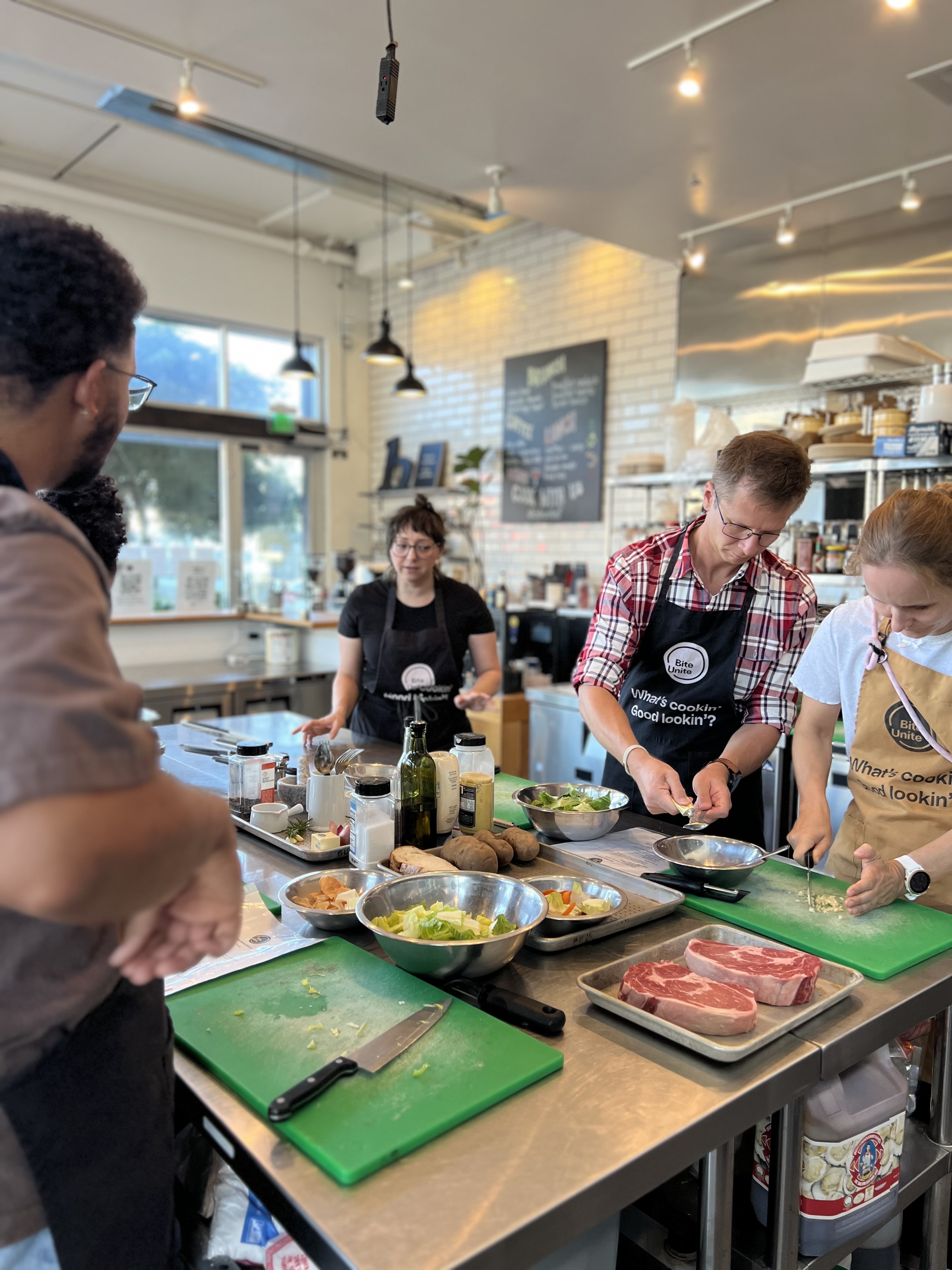
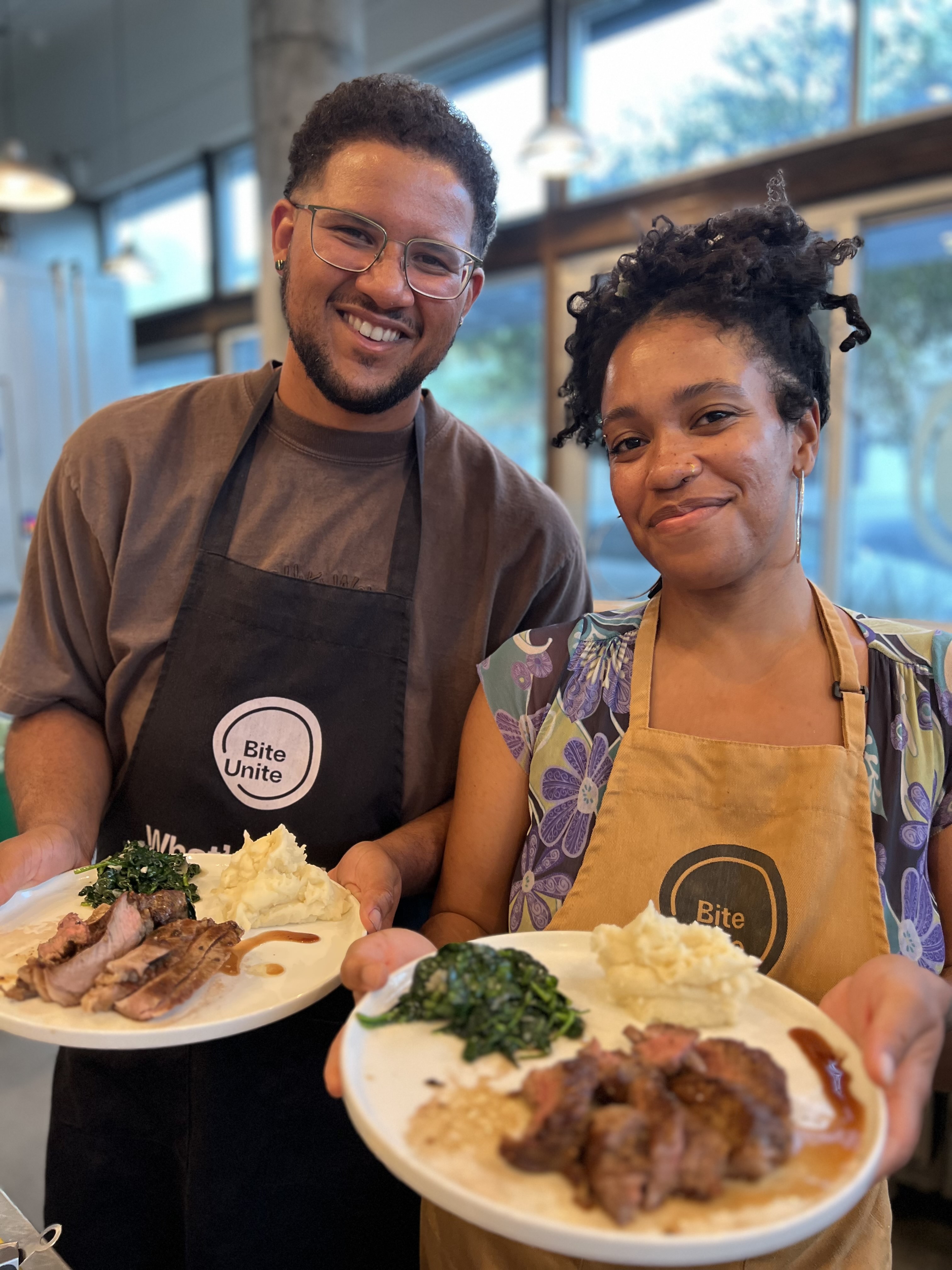
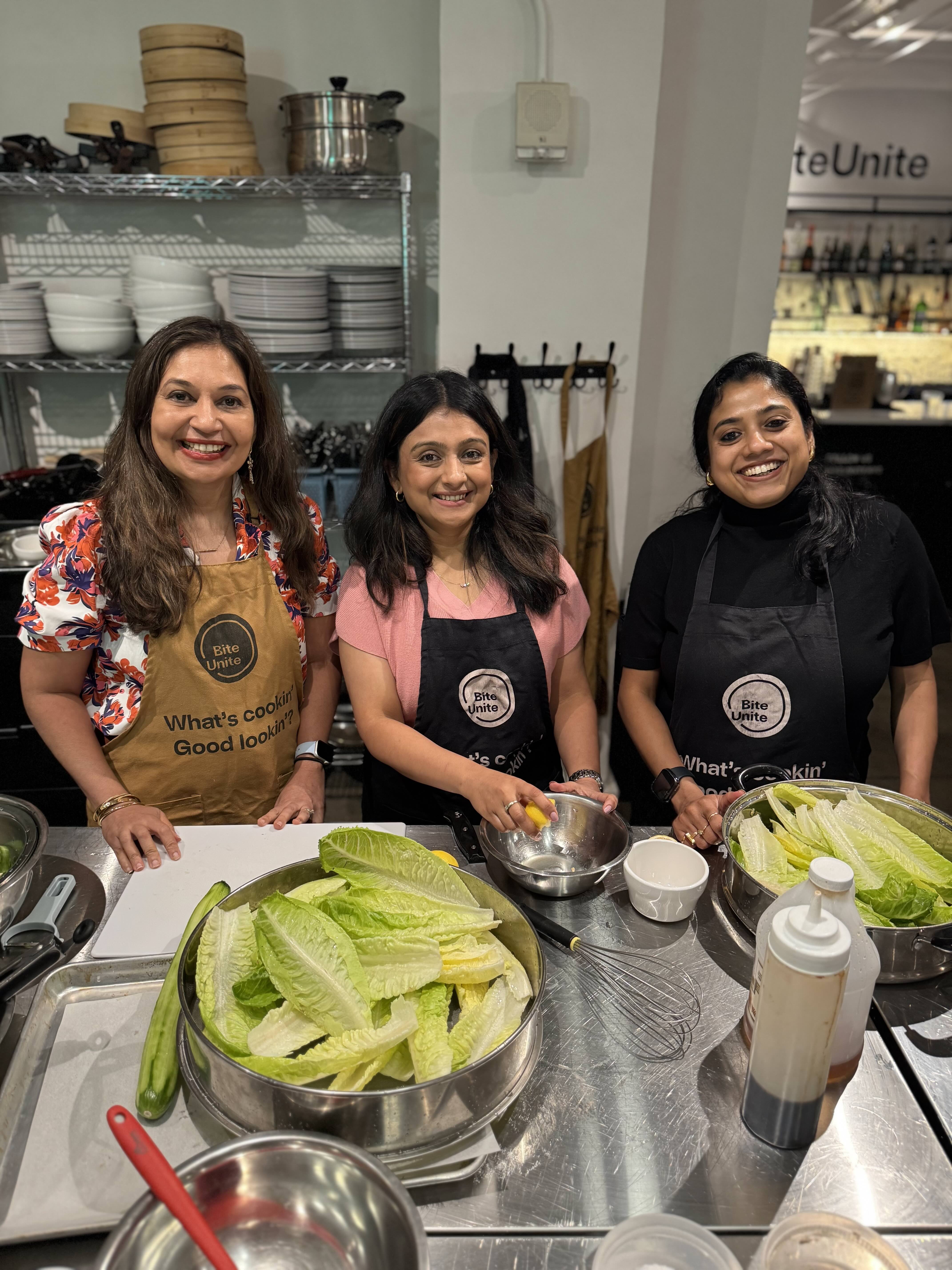



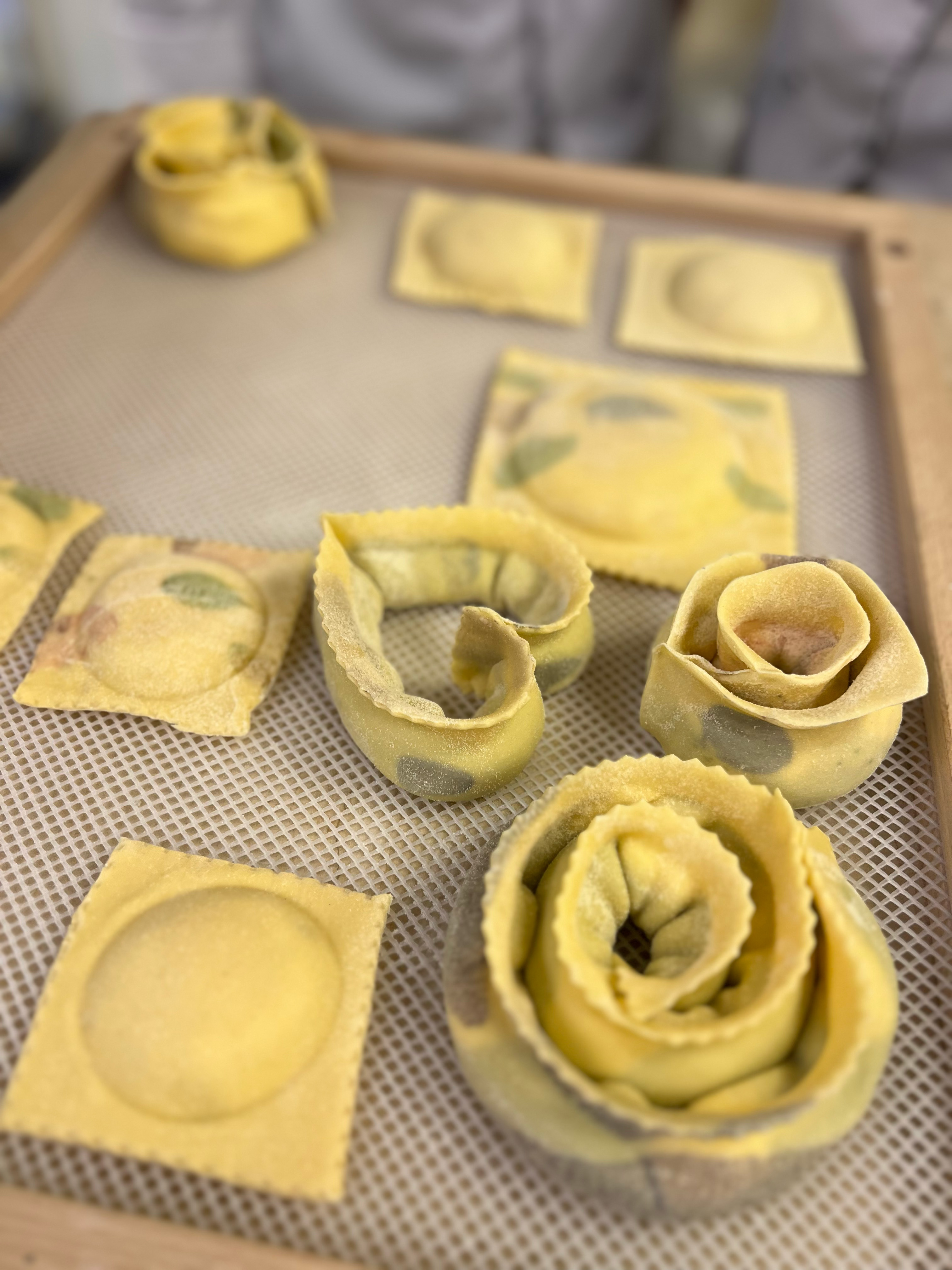
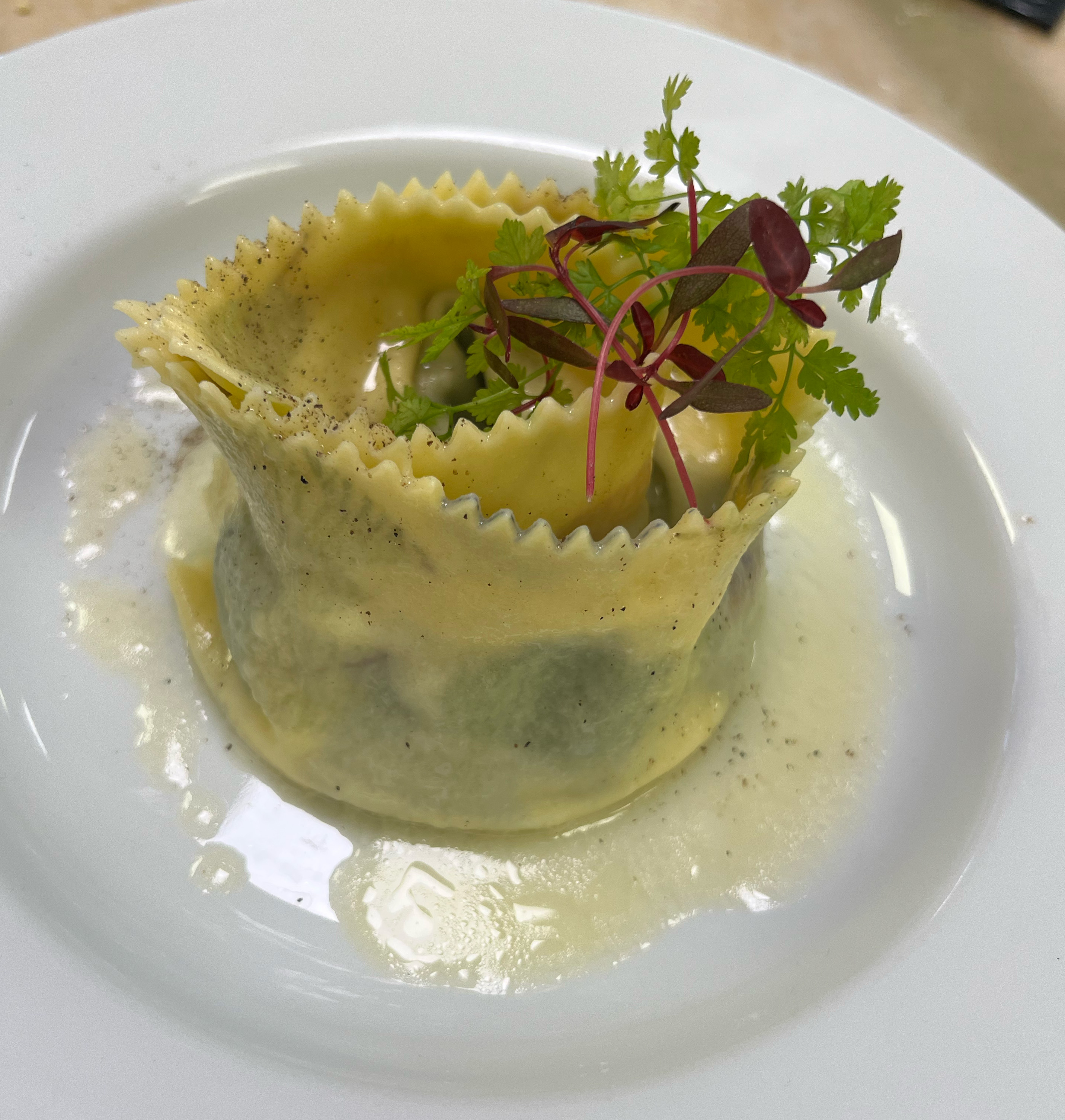

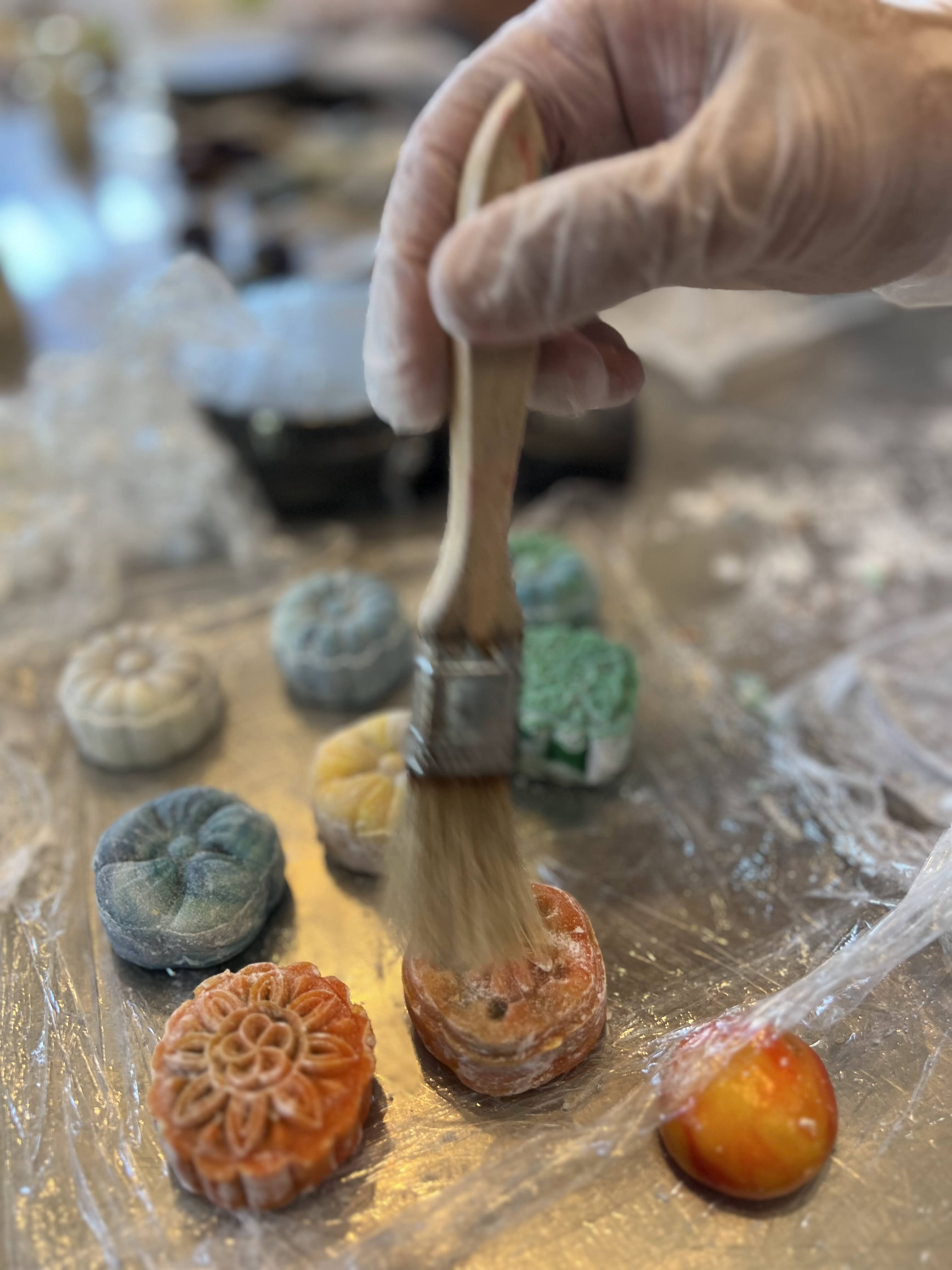

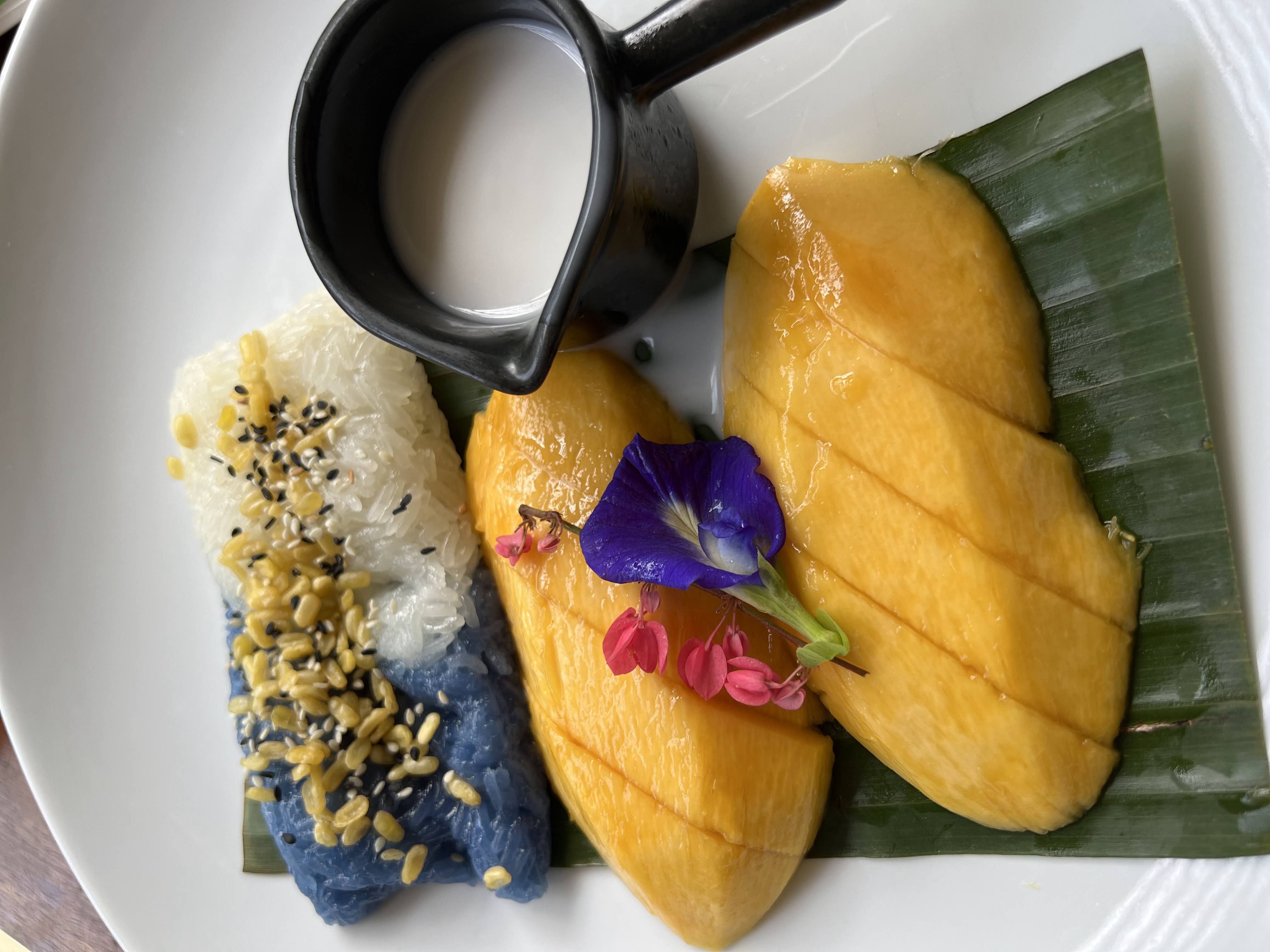
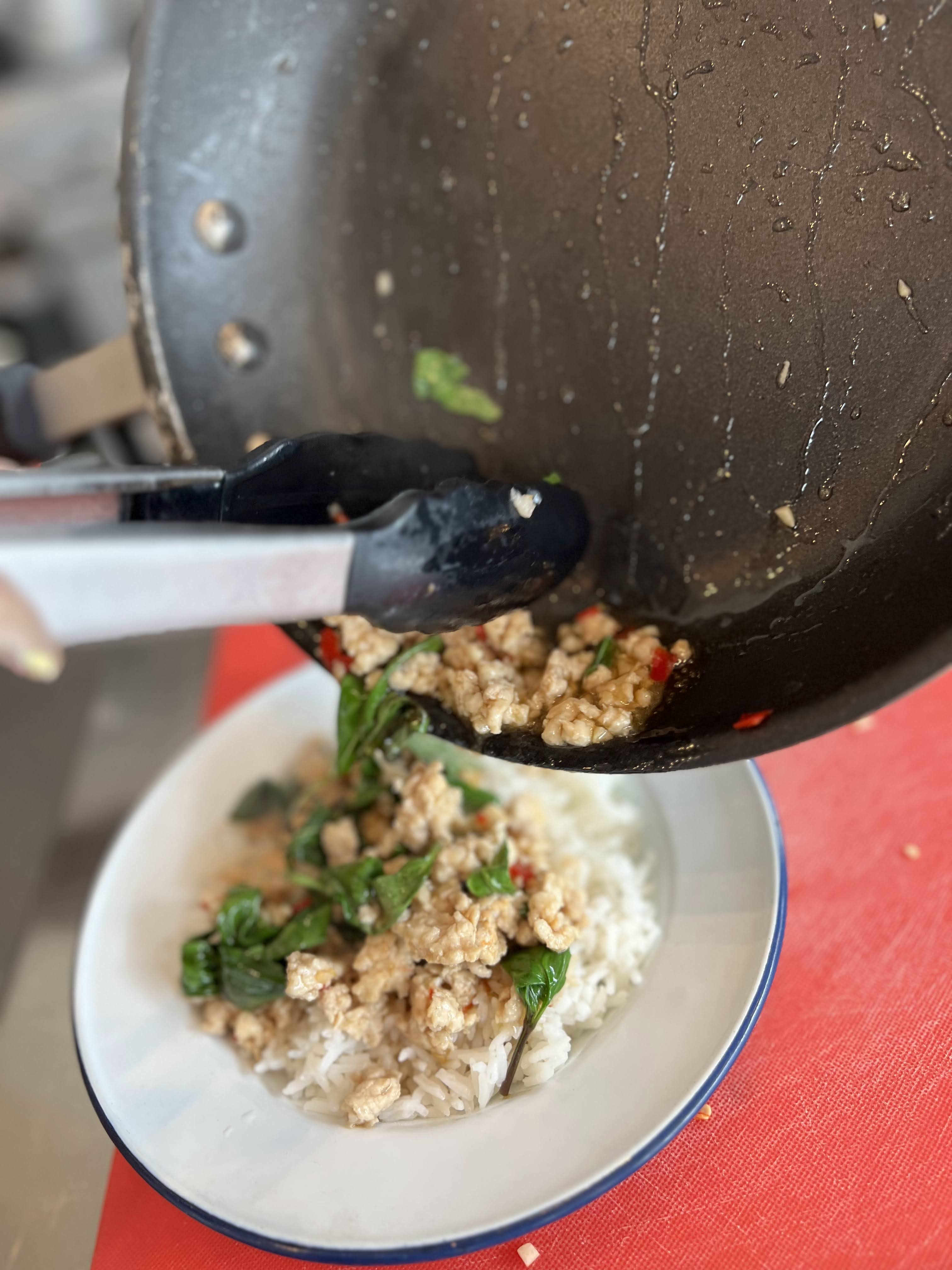
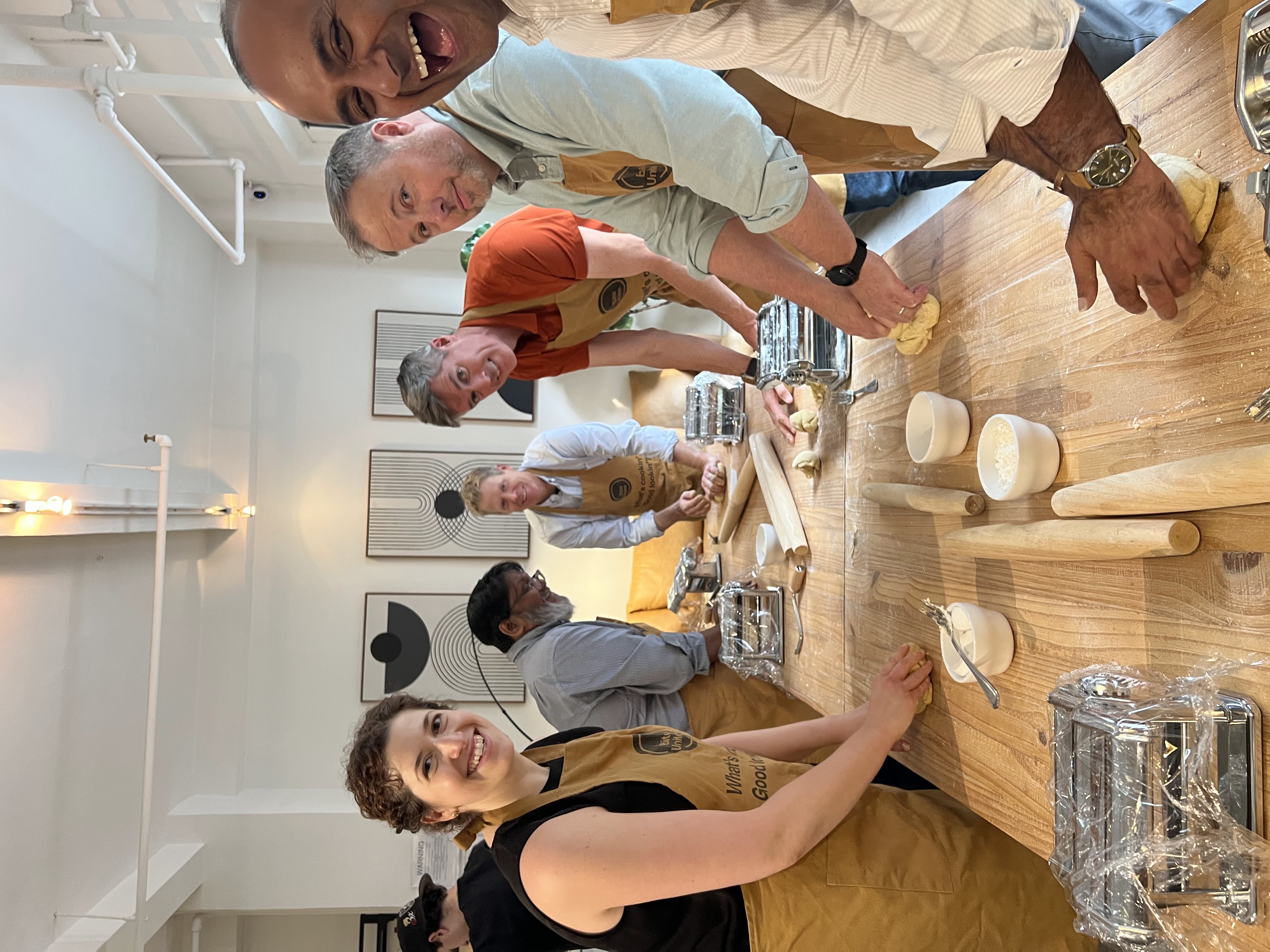
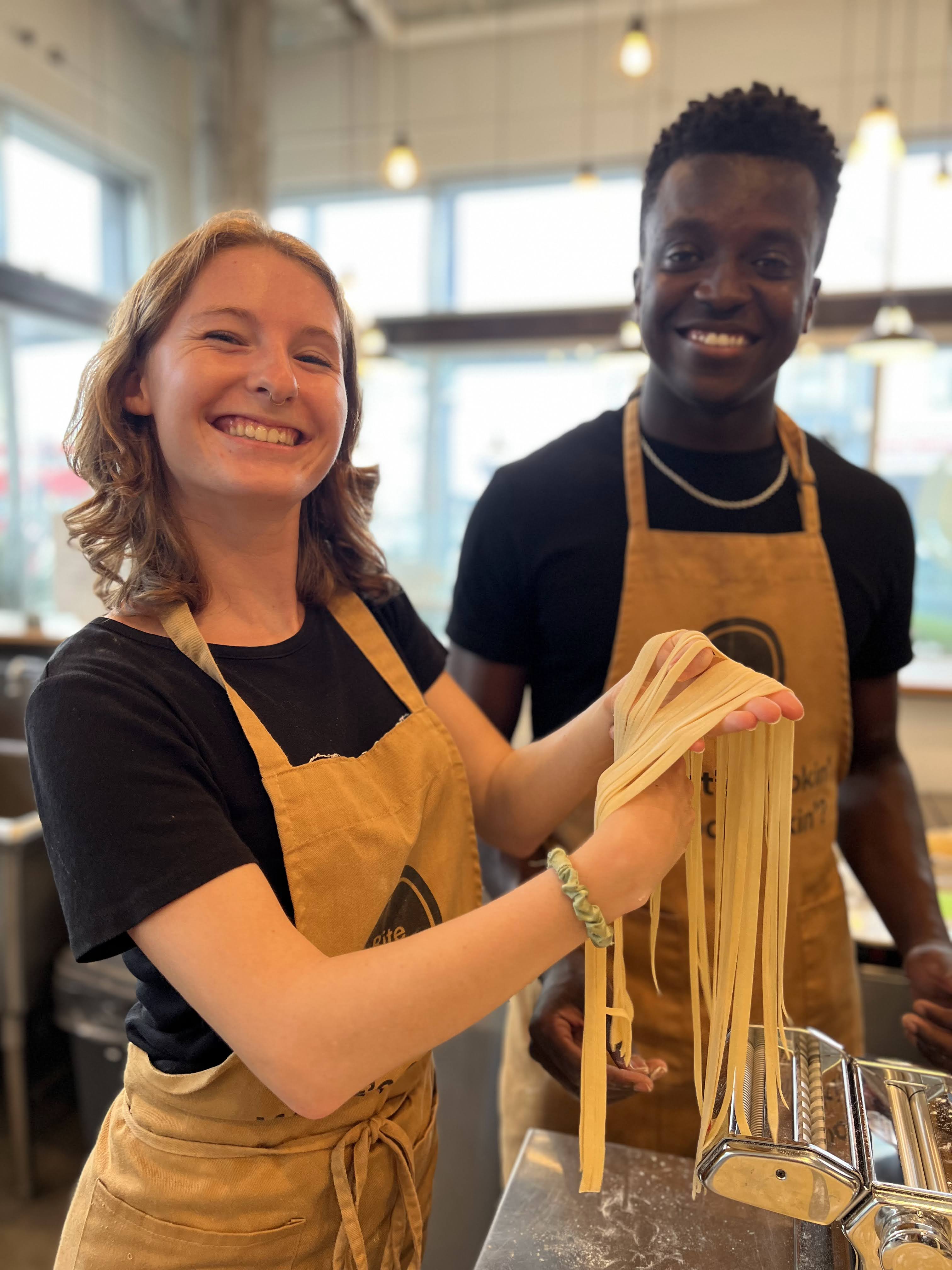
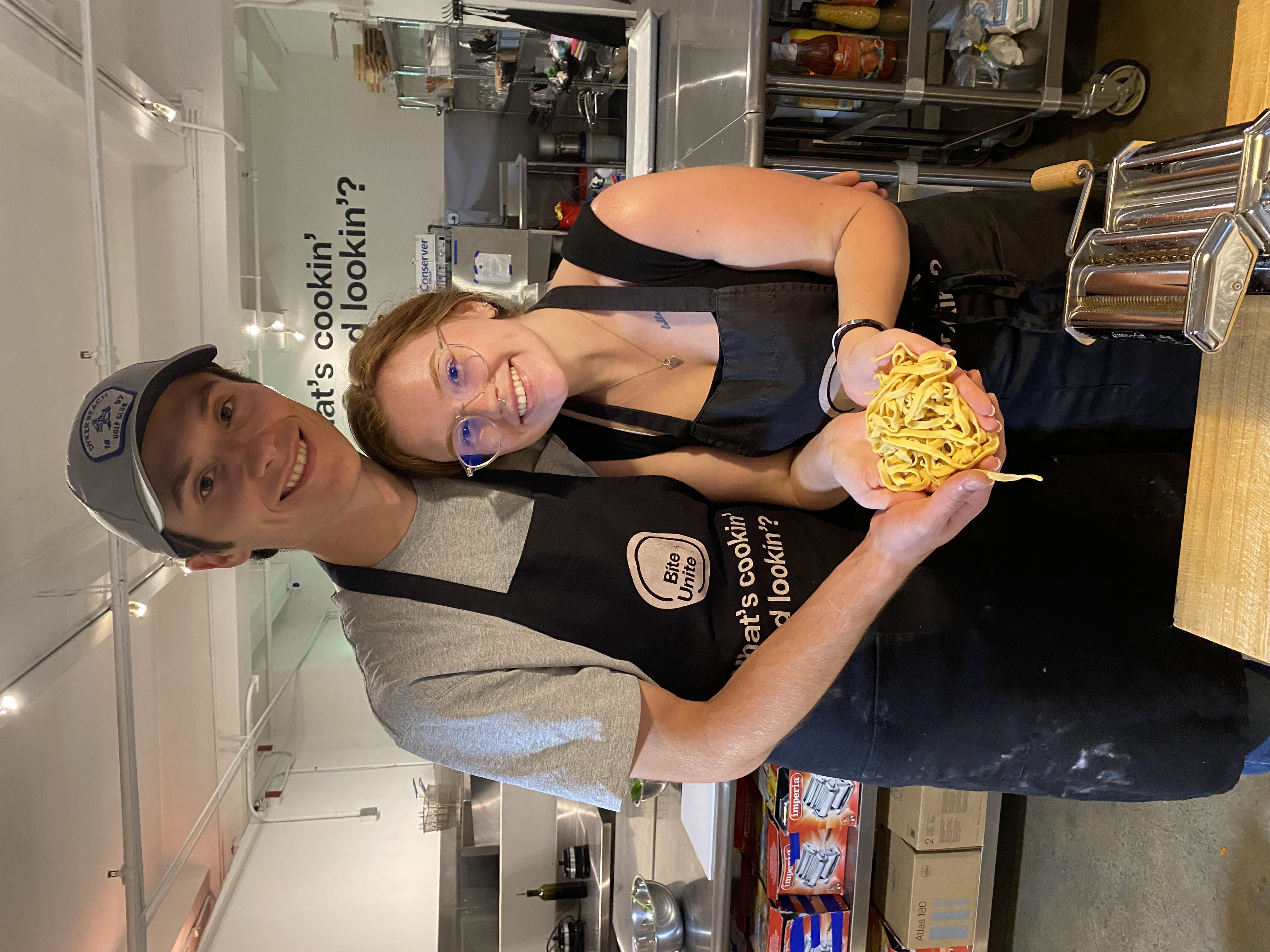
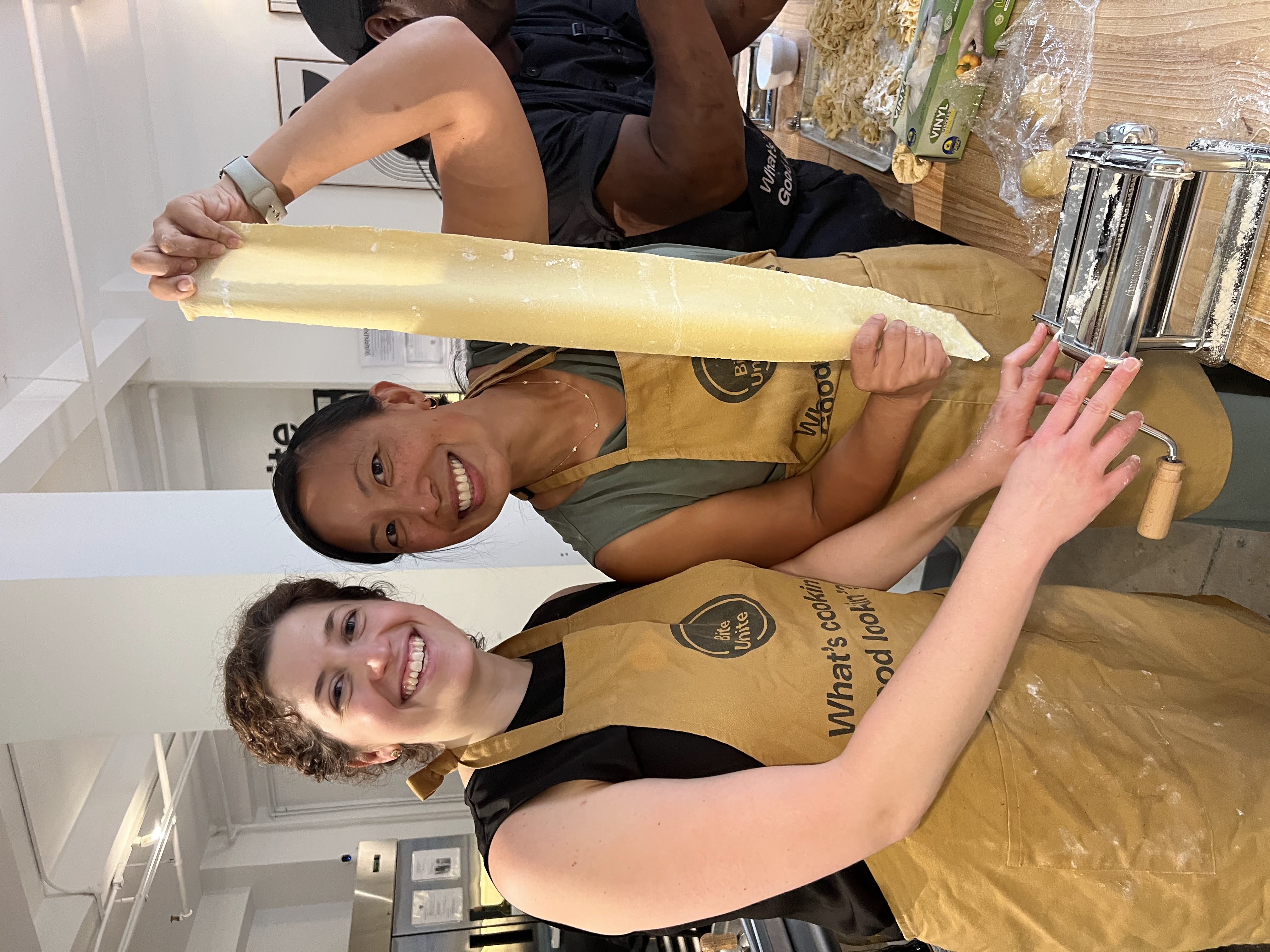
.jpg)
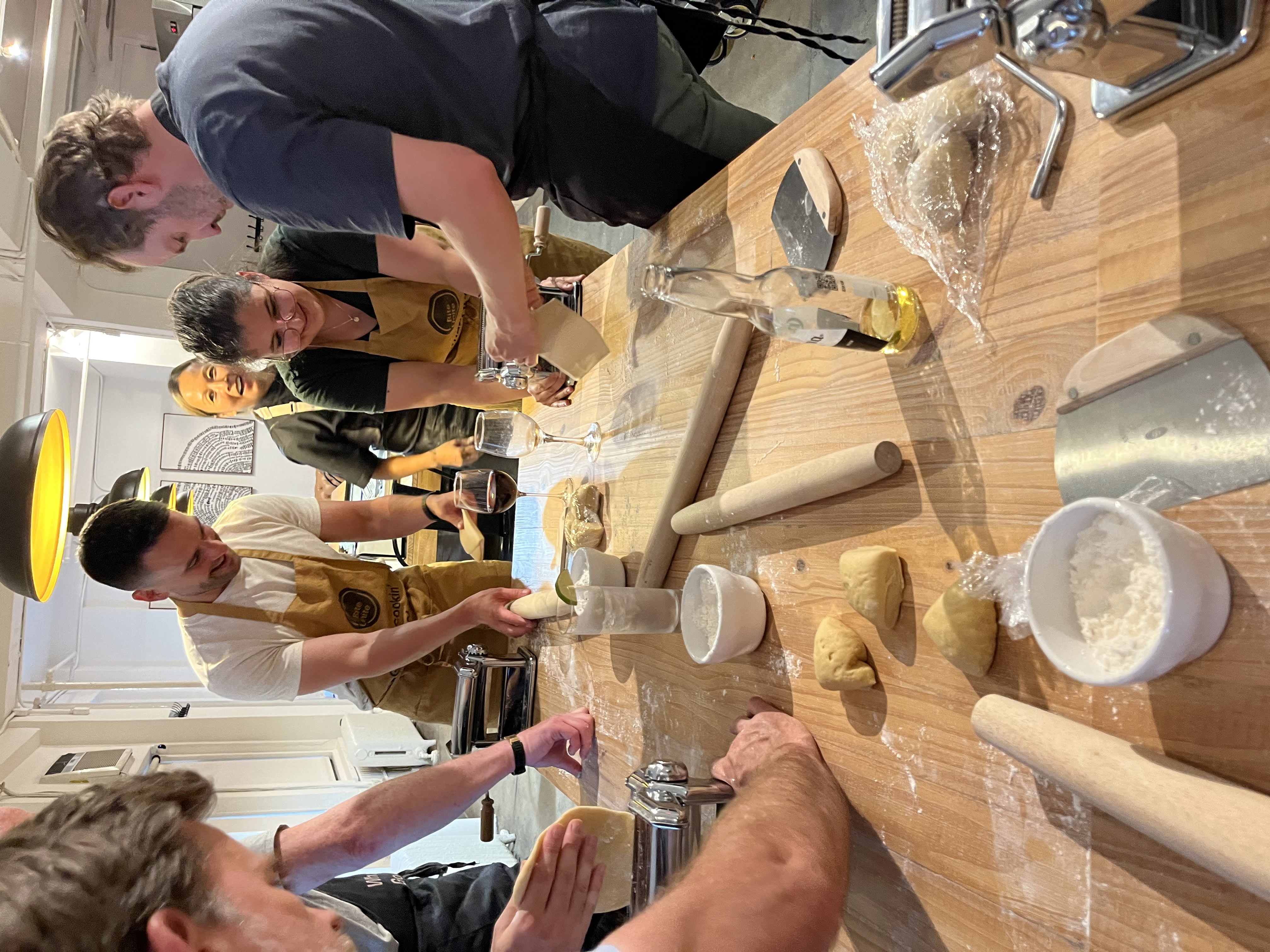
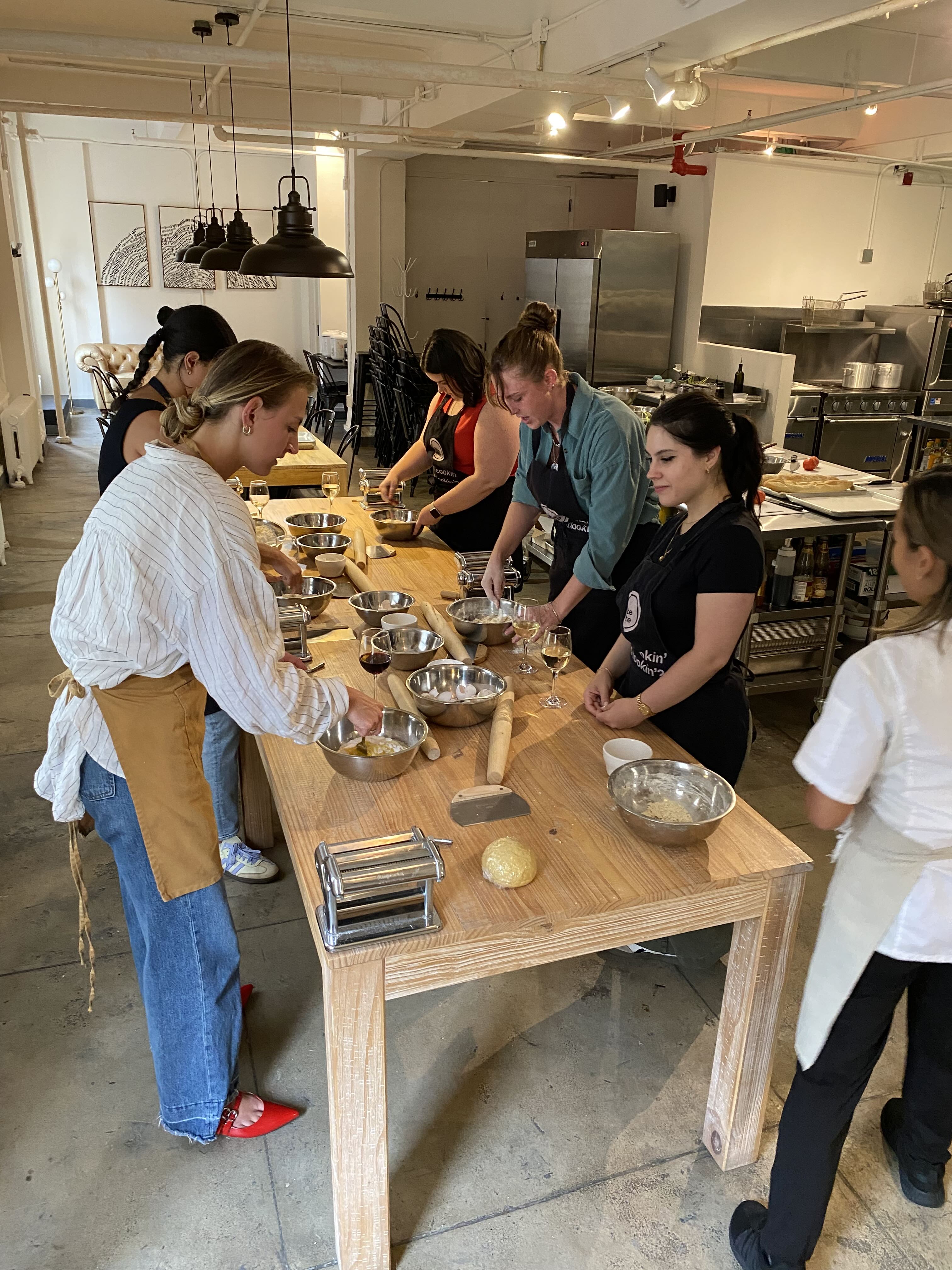
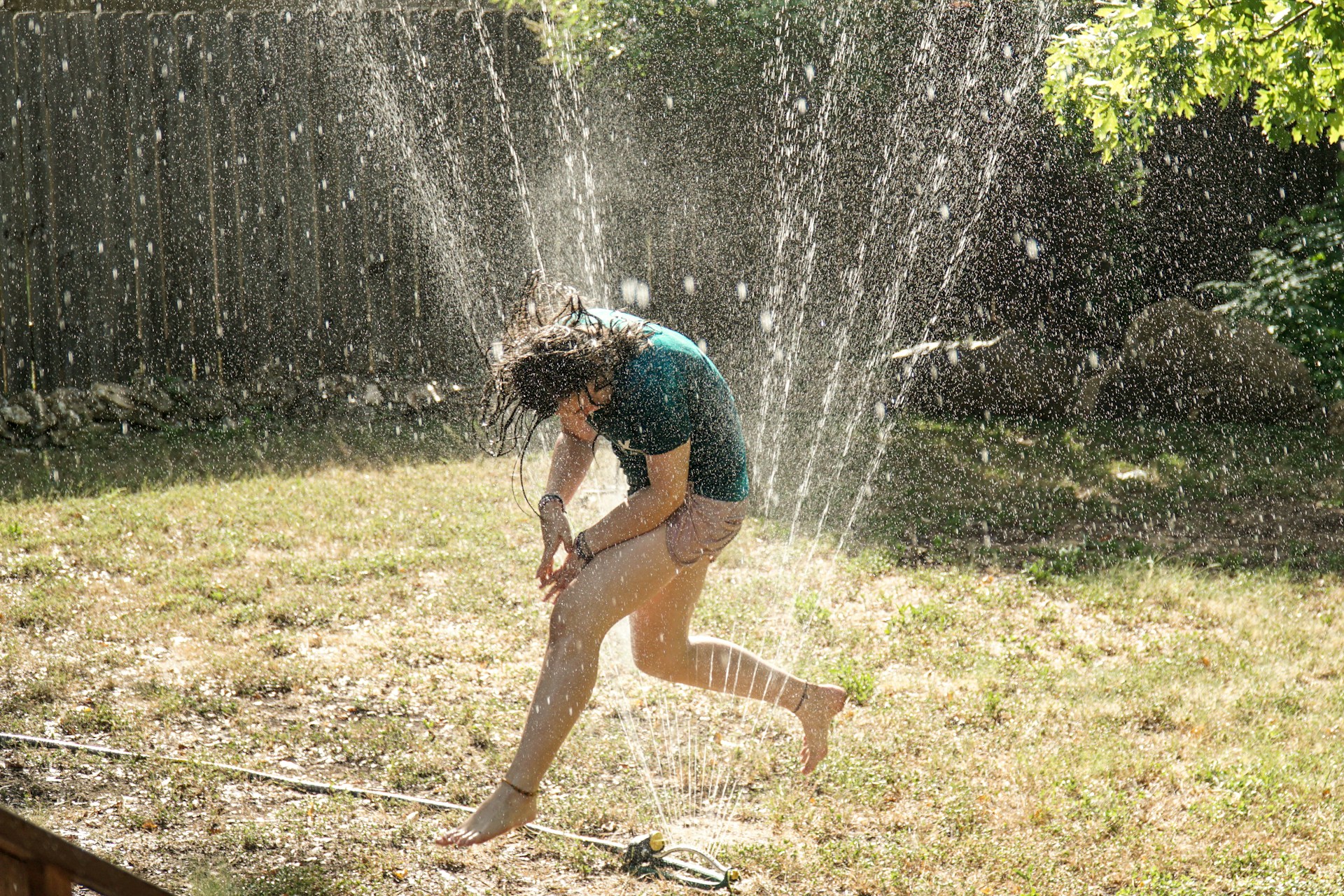


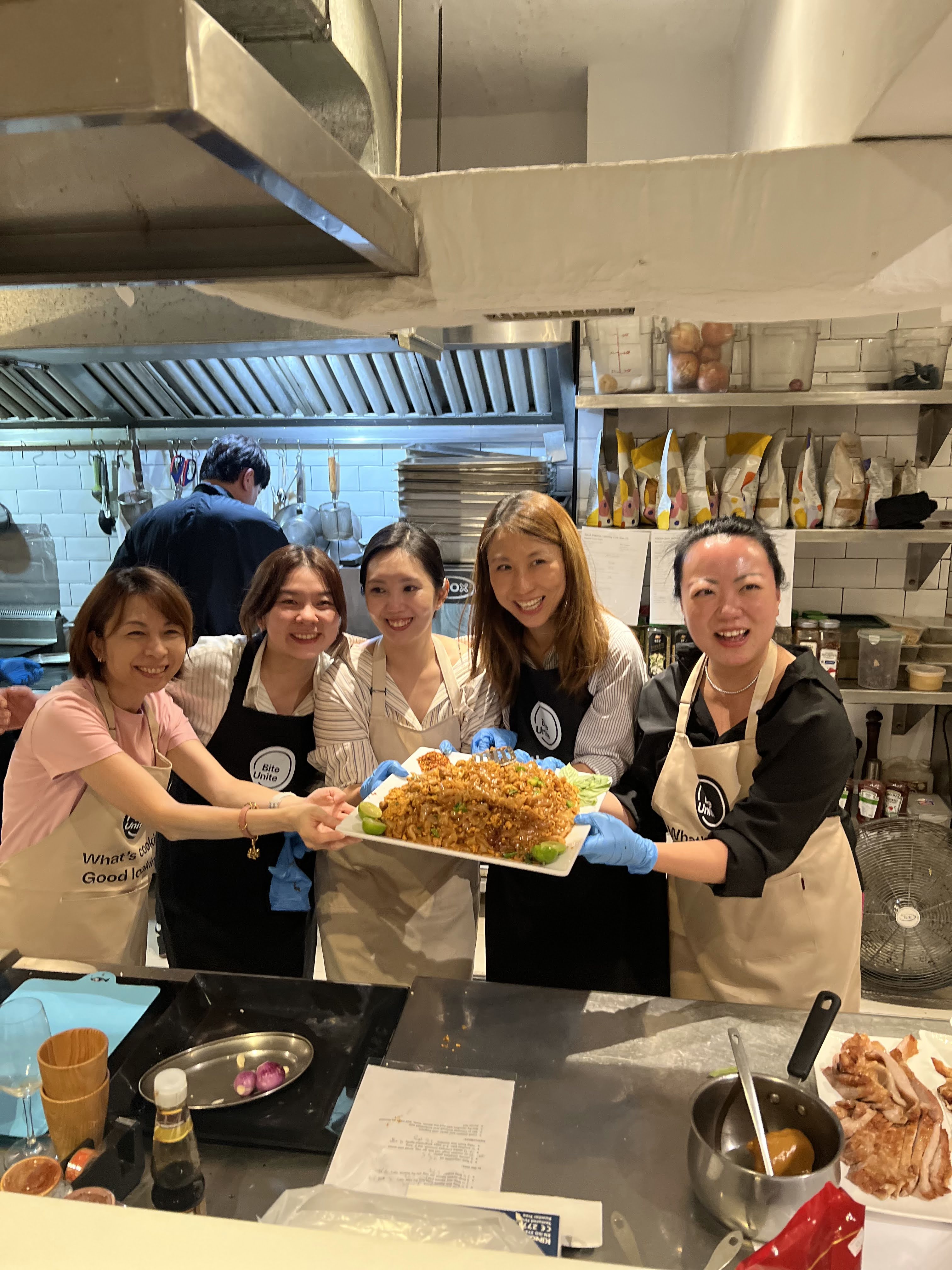
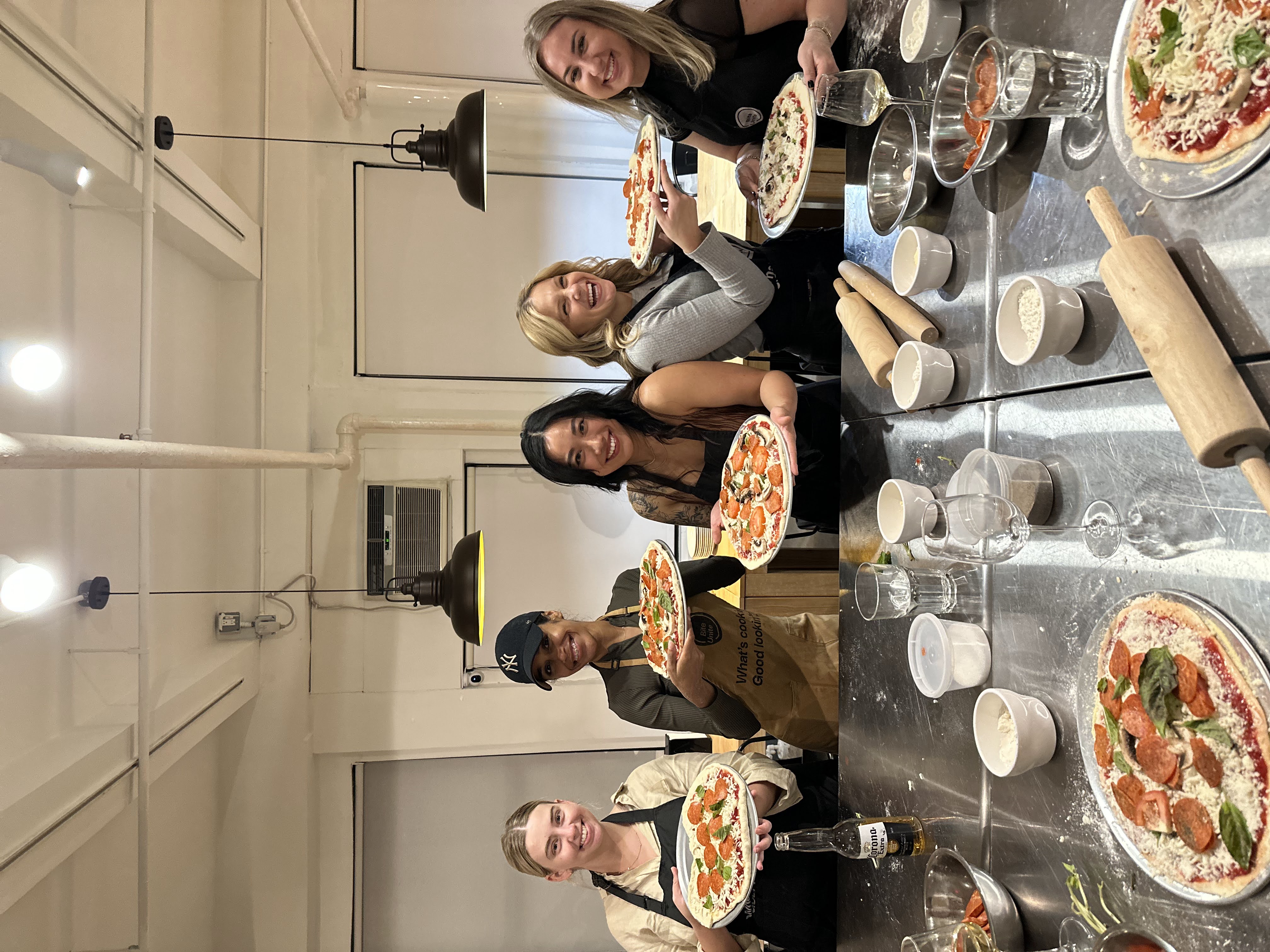

.jpg)


.JPG)

.jpg)















.webp)




























